Introduction
When it comes to safeguarding our homes or businesses, security cameras play a crucial role in deterring crime and providing valuable evidence. With advancements in technology, security cameras have become more sophisticated and affordable, offering a wide range of options to choose from. In this article, we will explore the various types of security cameras available in the market today, helping you make an informed decision based on your specific needs.
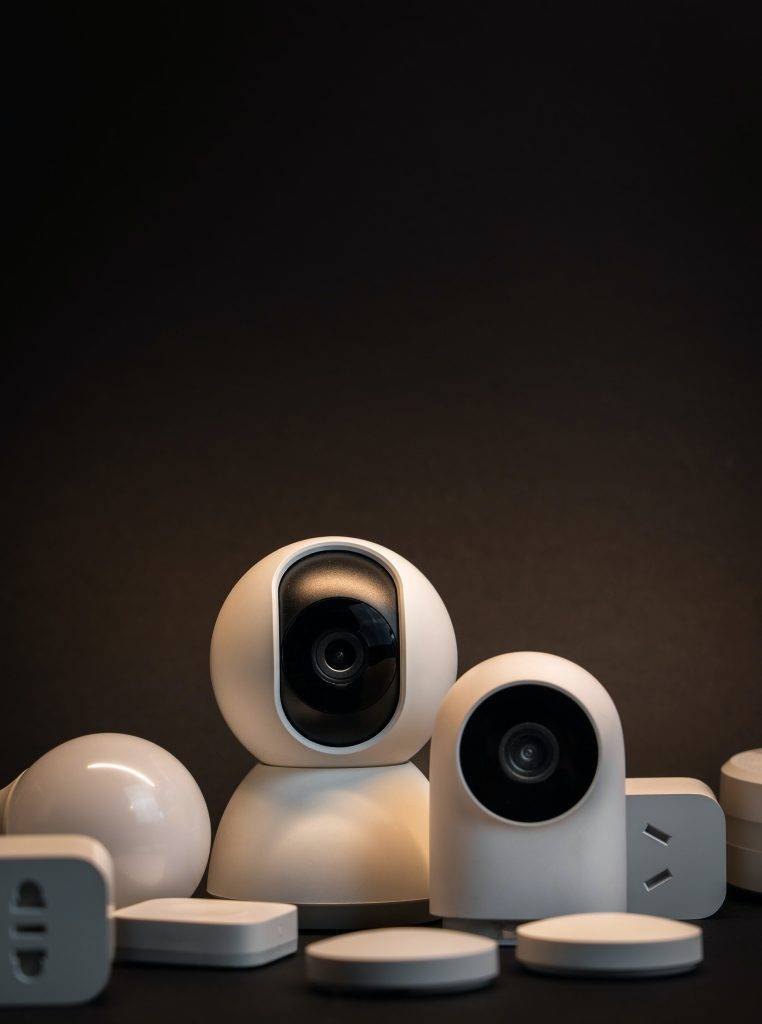
Understanding the Importance of Security Cameras
Security cameras have become a vital component of modern-day security systems. They act as a deterrent to potential intruders and provide valuable evidence in the event of a crime. Whether you are protecting your home, office, or any other property, investing in the right security camera is crucial.
Dome Cameras: Versatile and Discreet
Dome cameras are a popular choice for both indoor and outdoor surveillance. Their dome-shaped design makes it difficult for potential intruders to determine the direction the camera is pointing, adding an element of surprise. Dome cameras are available in various resolutions and can be equipped with features like night vision, motion detection, and vandal-resistant casings.
Bullet Cameras: Powerful and Visible
Bullet cameras are named for their sleek, cylindrical shape. They are highly visible and act as a deterrent to potential criminals. Bullet cameras are usually weatherproof and come with features such as infrared night vision, motion detection, and remote viewing capabilities. Their long-range lenses make them ideal for monitoring large outdoor areas.
PTZ Cameras: Pan, Tilt, and Zoom for Enhanced Coverage
PTZ (Pan-Tilt-Zoom) cameras offer exceptional coverage and flexibility. These cameras can rotate horizontally and vertically, providing the ability to track subjects in real-time. With powerful zoom capabilities, PTZ cameras can capture details from a distance. They are commonly used in large outdoor areas such as parking lots, stadiums, and warehouses.
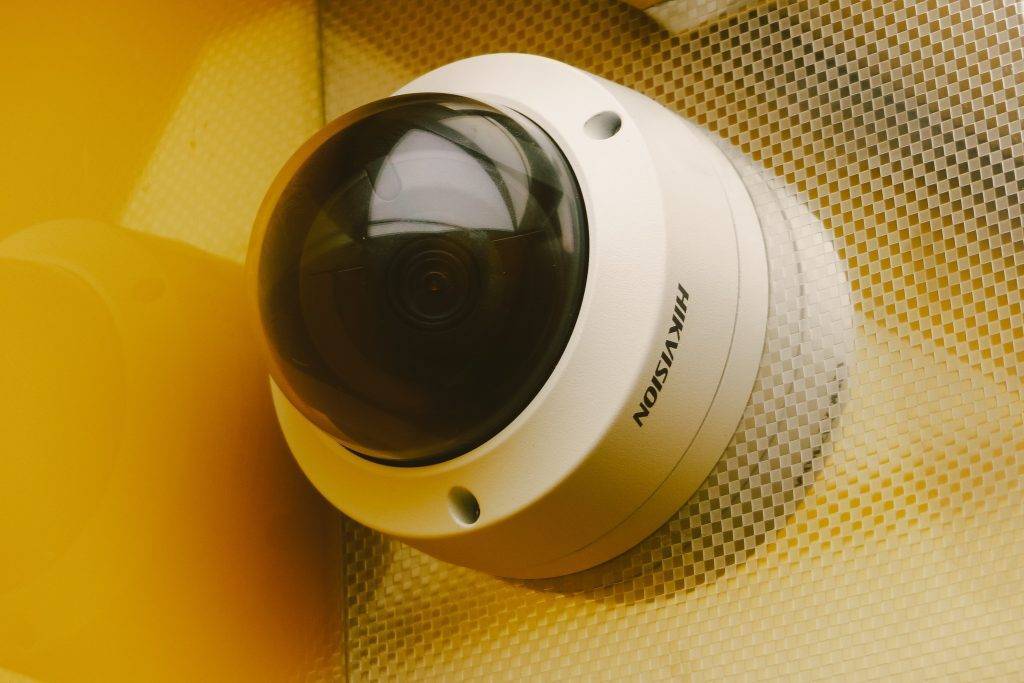
Wireless Cameras: Convenience and Flexibility
Wireless cameras offer the convenience of easy installation and flexibility in camera placement. They eliminate the need for extensive wiring, making them ideal for both indoor and outdoor settings. Wireless cameras transmit video and audio signals wirelessly to a receiver connected to a recording device or monitor.
Outdoor Cameras: Withstanding Harsh Weather Conditions
Outdoor cameras are specifically designed to withstand extreme weather conditions. They are built with durable housing that protects the camera from rain, dust, and other environmental elements. Outdoor cameras come with features such as weatherproof casings, infrared night vision, and wide-angle lenses to cover expansive outdoor areas.
Indoor Cameras: Monitoring the Inside Spaces
Indoor cameras are designed to monitor indoor spaces, such as homes, offices, retail stores, and warehouses. They come in various shapes and sizes, including dome cameras, bullet cameras, and hidden cameras. Indoor cameras offer features such as motion detection, two-way audio, and remote viewing capabilities.
Infrared Cameras: Capturing Clear Footage in the Dark
Infrared cameras, also known as night vision cameras, are capable of capturing clear footage in low-light or no-light conditions. They use infrared LEDs to illuminate the area, allowing the camera to capture images even in complete darkness. Infrared cameras are commonly used in outdoor areas, parking lots, and areas with limited lighting.
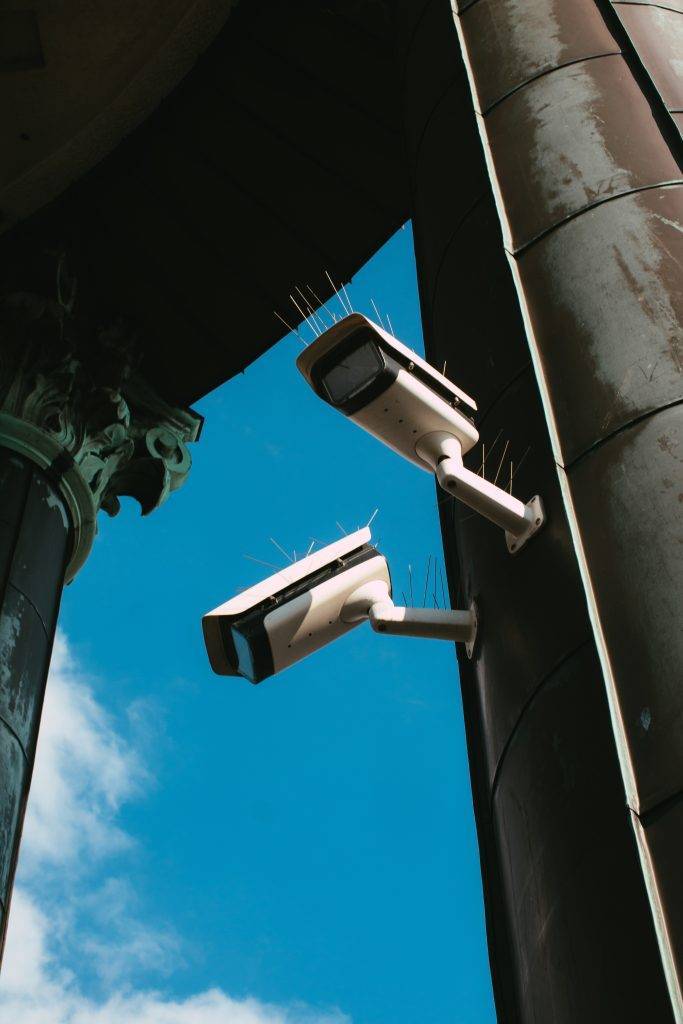
Network/IP Cameras: Seamless Integration with Networks
Network/IP cameras are connected to an existing network infrastructure, allowing for seamless integration and remote access. These cameras can be accessed and managed over the internet, providing flexibility and convenience. Network/IP cameras offer features such as high-resolution video, two-way audio, and advanced analytics for efficient monitoring.
Thermal Cameras: Detecting Heat Signatures
Thermal cameras use heat signatures to detect and capture images. They are commonly used in applications that require temperature monitoring, such as industrial sites, data centers, and perimeter security. Thermal cameras can detect anomalies based on heat emissions, making them effective for detecting intruders or potential fire hazards.
Hidden Cameras: Covert Surveillance
Hidden cameras are designed to be discreet and blend into their surroundings. They are often used for covert surveillance purposes, providing an additional layer of security without alerting potential intruders. Hidden cameras can be disguised as everyday objects such as clocks, smoke detectors, or even plants.
Dummy Cameras: Affordable Deterrence
Dummy cameras, also known as fake cameras, are non-functional replicas of real security cameras. They are designed to resemble actual cameras and act as a cost-effective deterrent. While they don’t provide any actual surveillance, the presence of dummy cameras can discourage potential criminals from targeting a property.
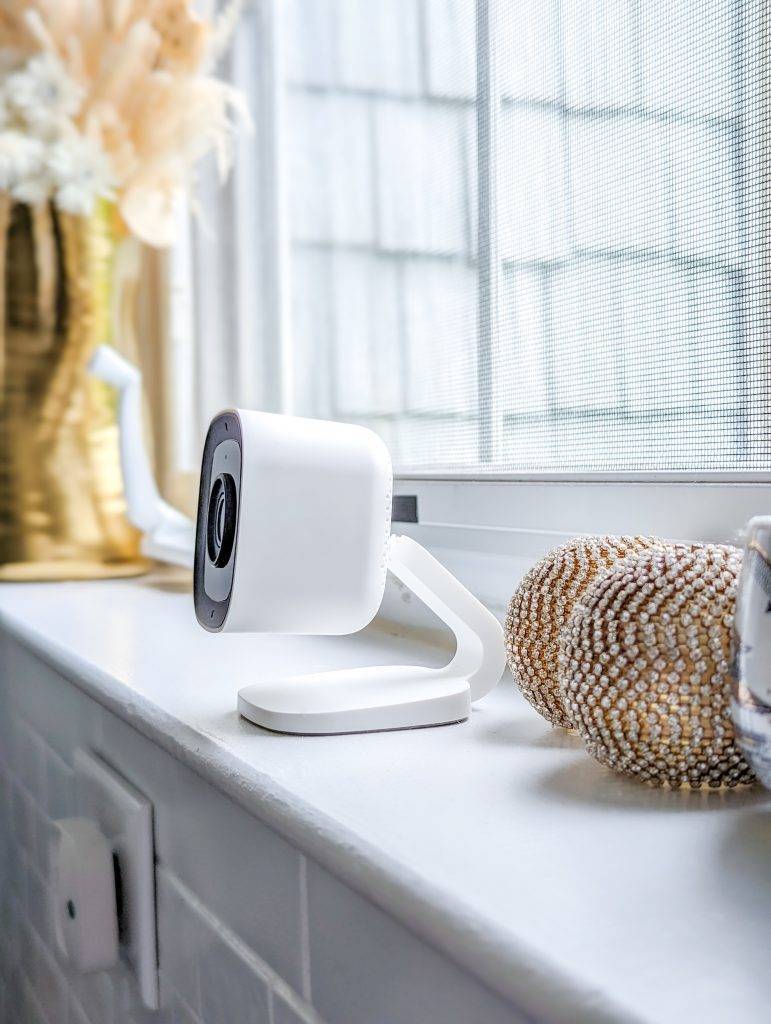
High-Definition Cameras: Crystal-Clear Image Quality
High-definition (HD) cameras offer superior image quality with enhanced clarity and detail. These cameras capture footage in high resolutions, providing clear and crisp images. HD cameras are suitable for applications where image quality is of utmost importance, such as facial recognition, license plate recognition, or identifying fine details.
Wide-Angle Cameras: Expansive Coverage
Wide-angle cameras, also known as fisheye cameras, offer a panoramic view and expansive coverage of an area. These cameras capture a wider field of view compared to traditional cameras, reducing the number of cameras required for monitoring. Wide-angle cameras are commonly used in large spaces like shopping malls, airports, or open-plan offices.
360-Degree Cameras: Comprehensive Monitoring
360-degree cameras, also referred to as immersive cameras, provide a complete view of the surroundings. These cameras capture footage from all directions, eliminating blind spots. 360-degree cameras are ideal for monitoring areas where comprehensive coverage is required, such as large open spaces or critical infrastructure.
Conclusion
Choosing the right security camera for your specific needs is essential for effective surveillance. Whether you prioritize visibility, discretion, or advanced features, understanding the different types of security cameras available will help you make an informed decision. Evaluate your requirements, consider factors like camera placement, environment, and budget, and select the camera that best fits your security needs.
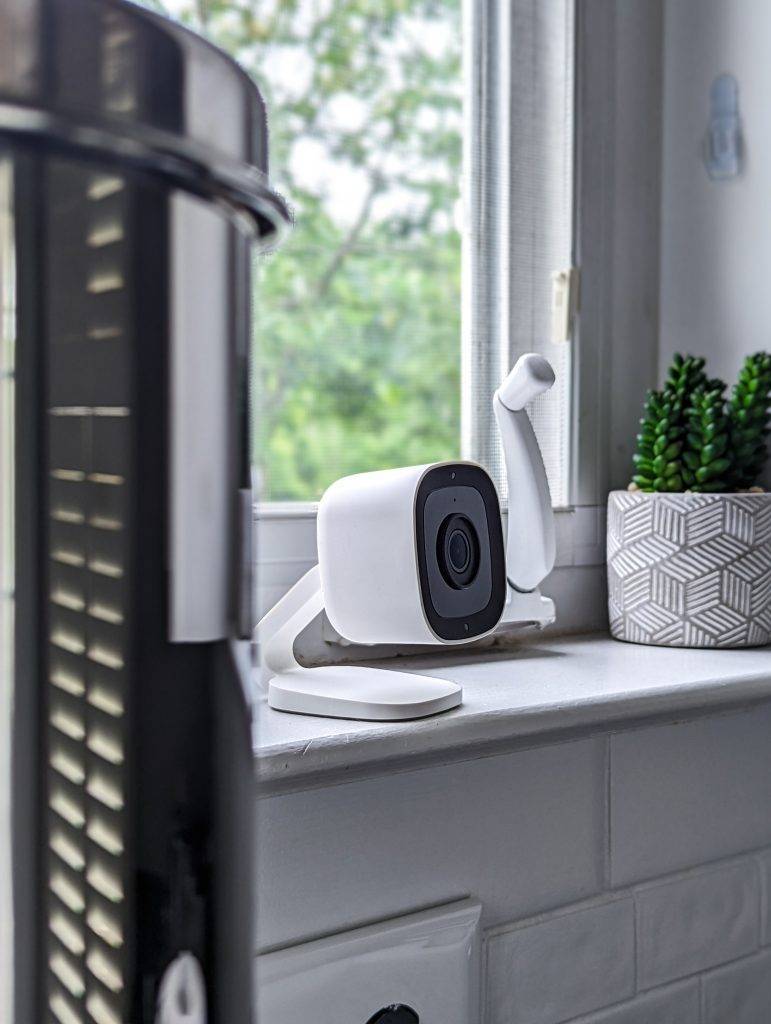
FAQs
1. Which security camera is best for outdoor use?
For outdoor use, it is recommended to choose a camera specifically designed for outdoor applications. Outdoor cameras are built with weatherproof housing and often have features like infrared night vision and wide-angle lenses to cover expansive outdoor areas effectively.
2. Can I monitor security cameras remotely?
Yes, many modern security cameras offer remote monitoring capabilities. Wireless cameras, network/IP cameras, and even some traditional wired cameras can be accessed and monitored remotely using a smartphone, tablet, or computer connected to the internet.
3. Are hidden cameras legal?
The legality of hidden cameras varies depending on the jurisdiction and the intended use. It is important to familiarize yourself with the laws and regulations regarding surveillance and privacy in your area before using hidden cameras.
4. How many security cameras do I need for my property?
The number of security cameras needed depends on the size of the property, the layout, and the areas you want to monitor. Conducting a thorough assessment of your property and identifying critical areas will help determine the number of cameras required for comprehensive coverage.
5. Can security cameras be hacked?
While no system is entirely immune to hacking, taking proper security measures can significantly reduce the risk. It is crucial to choose reputable brands, keep cameras and associated devices updated with the latest firmware, use strong passwords, and secure your network to minimize the chances of unauthorized access.
